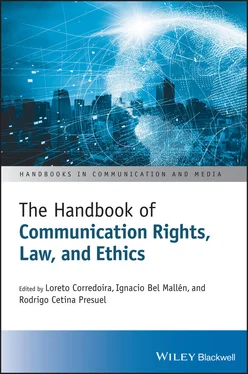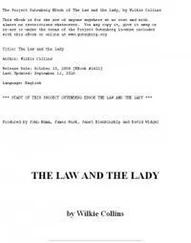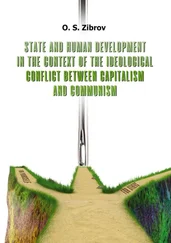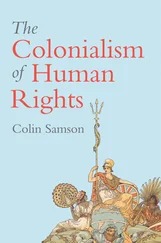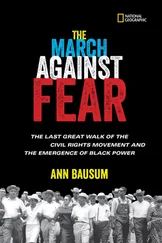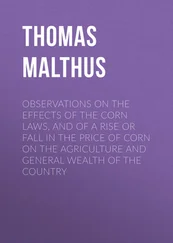Another characteristic of Article 19 is its mixed formulation, in the sense that it recognizes negative freedoms and positive freedoms. Negative freedom appears, for example, where the Article establishes how this right includes “freedom to hold opinions without interference,” which implies that the individual has a degree of autonomy when exercising his or her communicative powers. As Berlin (1968, p. 121) comments, we use the negative concept of freedom when trying to answer the question: “What is the area within which the subject – a person or group of persons – is or should be left to do or be what he is able to do or be, without interference by other persons?” In short, it is about maintaining a sphere reserved for the individual in which self-expression without interference – mainly from public authorities that often use restrictive tools such as censorship or confiscation of publications and recordings to limit these freedoms – is possible. This approach too may perhaps need to be reviewed in the new digital ecosystem. The existence of trolls, orchestrated smear campaigns, hate speech, systematic discrediting, post truth, or fake news could make us rethink the idea that the main source of interference today is not the public authorities but citizens themselves, who find it increasingly difficult to accept ideas contrary to their own. Perhaps the public authorities and private companies that operate in the communication sector, with academics and legal practitioners as catalysts, should reflect on the ideas of tolerance, respect, and acceptance of difference, so that the negative freedom included in Article 19 of the UDHR acquires real effect within the new conditions for exercising communication rights. The positive formulation, meanwhile, is characterized by the Article’s recognition of three fundamental faculties: to seek, receive, and impart information.
Another particular characteristic that we can find in Article 19 is the recognition of the right to seek information; it is unusual to find such a recognition in the rest of the international regulations on freedom of information, but it has become an essential foundation for journalism. The entire current of asserting the right of access to information has developed under the auspices and inspiration of this right to seek information. As Desantes Guanter (2004, p. 103) indicates, with this recognition, factual and legal possibilities have been opened up for citizens to seek and disseminate on their own.
Finally, Article 19 of the UDHR is not hindered by the establishment of limits or conditions on the exercise of the rights recognized; it is a generic recognition of rights that places no qualifications or limitations on exercise of them, in accordance with the classical liberal position. It is not even limited by a restriction provision that would be consistent with liberal thinking. Instead, this is dealt with in the general-limitations provision of Article 29.2 5of the declaration (O’Flaherty 2012, p. 630).
Consolidation: Article 19 of the International Covenant on Civil and Political Rights and Its Interpretation by the Human Rights Committee
The insufficiencies of the Universal Declaration were corrected to a certain extent by the ICCPR, adopted by the UN General Assembly Resolution 2200 A (XXI) on December 16, 1966, together with the International Covenant on Economic, Social and Cultural Rights.
However, the ICCPR establishes the first control and guarantee mechanisms of a universal nature, such as the power of states to recognize the competence of the Human Rights Committee (HRC) to hear interstate complaints (Art. 41 and 42) or individual communications (through ratification of the Optional Protocols). States often comply with the committee’s reports and final recommendations because of its moral value, even though these documents have no legally binding value. Perhaps the significance of this procedure is that it has been shaping the closest thing to a UN “case law” on fundamental rights, with particular attention paid to the communication rights set out in Article 19 of the ICCPR (Joseph, Schultz, and Castan 2005).
Article 19.1 of the ICCPR establishes that “everyone shall have the right to hold opinions without interference.” When it comes to this right, the covenant permits no exception or restriction. Freedom of opinion encompasses the right to change one’s mind when one wishes and for whatever reason one freely chooses. No one’s rights recognized in the covenant can be violated on the basis of the opinions that he or she has expressed or that have been attributed to or supposed of him or her. All forms of opinion – including those of a political, scientific, historical, moral, or religious nature – are protected. Considering the expression of an opinion as a crime is incompatible with Article 19.1. 6Harassment, intimidation, or stigmatization of a person based on his or her opinions, including arrest, remand in custody, prosecution, or confinement, constitutes a violation of Article 19.1. 7It also establishes that any coercive attempt to make a person maintain or not maintain an opinion is prohibited. 8The freedom to express one’s opinions necessarily includes the freedom not to express them.
The content of Article 19.2 of the ICCPR is very similar to that of Article 19 of the UDHR; the former states:
Everyone shall have the right to freedom of expression; this right shall include freedom to seek, receive and impart information and ideas of all kinds, regardless of frontiers, either orally, in writing or in print, in the form of art, or through any other media of his choice.
In its General Comment No. 34, the UN HRC specifies that the right contained in para. 2 includes political thought, comments on personal and public affairs, door-to-door campaigns, discussion of human rights, journalism, cultural and artistic expression, teaching, and religious thought. It may also include commercial advertising. The scope of para. 2 even extends to expression that might be considered deeply offensive; this expression can only be limited in accordance with the provisions of Article 19, para. 3, and of Article 20. We cannot ignore the complementarity between Articles 19 and 20 of the covenant, the latter of which establishes that: “1. Any propaganda for war shall be prohibited by law. 2. Any advocacy of national, racial or religious hatred that constitutes incitement to discrimination, hostility or violence shall be prohibited by law.” This Article has also been given a much-needed reinterpretation in recent times, but I think that consideration of this would require going far beyond this chapter’s space and subject matter.
Para. 2 protects all forms of expression and the media by which they are disseminated. These forms include oral and written words and sign language, as well as nonverbal expressions such as images and artworks. The media through which expression takes place include books, newspapers, brochures, posters, banners, clothing, and legal submissions, as well as all forms of audiovisual, electronic, or Internet-based modes of expression. 9
But the contribution of ICCPR Article 19 with respect to UDHR Article might be para. 3, which establishes limits by clarifying that:
The exercise of the rights provided for in paragraph 2 of this article carries with it special duties and responsibilities. It may therefore be subject to certain restrictions, but these shall only be such as are provided by law and are necessary: (a) For respect of the rights or reputations of others; (b) For the protection of national security or of public order (order public), or of public health or morals.
Therefore, para. 3 cannot be used to silence defenders of multiparty democracy, democratic principles, and human rights, 10and either can it be used to attack a person, including in the forms of arbitrary arrest, torture, death threats, and murder. 11All such attacks must be the subject of an active and timely investigation; their perpetrators must be prosecuted; 12and adequate reparation must be offered to the victims or, when they have lost their lives, to their representatives. 13
Читать дальше
